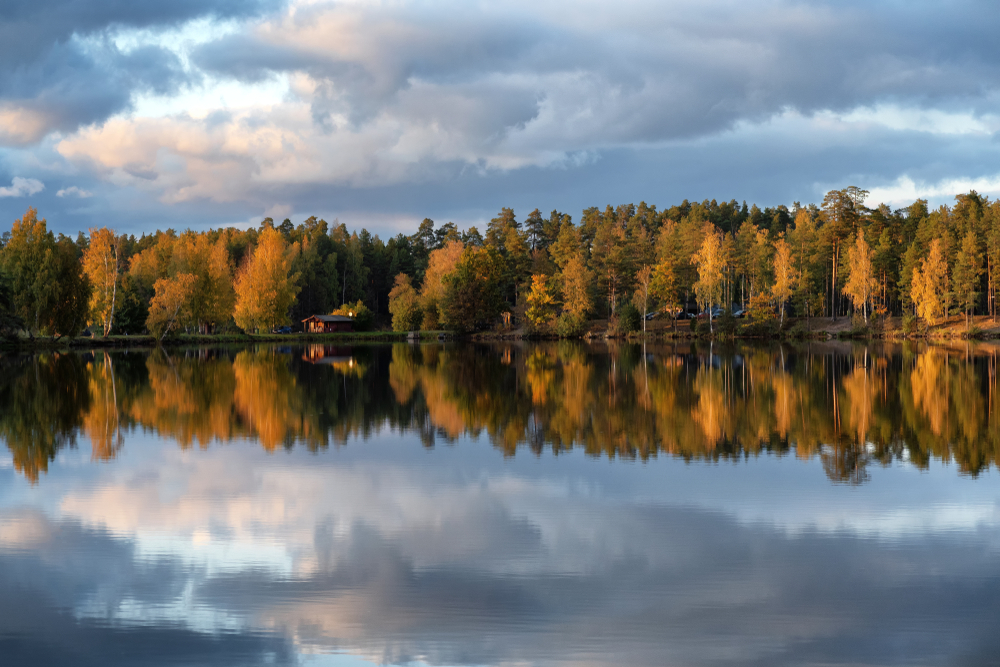Latvia, located in the heart of the Baltic region, is a country known for its stunning natural landscapes, rich biodiversity, and pristine wilderness. Latvia boasts four national parks: Gauja National Park, Kemeri National Park, Slitere National Park, and Rāzna National Park. Each park represents a unique facet of the country’s ecological diversity, ranging from lush forests and winding rivers to coastal wetlands and ancient geological formations.
The largest and most popular national park is Gauja National Park, often referred to as the “Switzerland of Latvia” for its rolling hills, sandstone cliffs, and dense forests. This park is not only a haven for outdoor enthusiasts but also a treasure trove of cultural and historical heritage. Visitors can explore medieval castles, such as Turaida Castle and Cesis Castle, as well as the breathtaking Gauja River Valley. The park is home to diverse flora and fauna, including rare species of bats, lynxes, and black storks, making it a hotspot for nature lovers and wildlife photographers.
Kemeri National Park is another standout, celebrated for its extensive wetlands, sulfur springs, and peat bogs. The Great Kemeri Bog Boardwalk is a highlight, offering visitors an immersive experience in this unique ecosystem. The park is also a key area for birdwatching, as it serves as a migratory route for many bird species. The wetlands play a crucial role in regulating the local climate and purifying water, emphasizing the park’s ecological importance.
Slitere National Park, situated on the northern coast of Latvia, showcases the country’s marine and coastal ecosystems. The park is characterized by its steep cliffs, ancient forests, and the unique “Blue Hills,” which were formed by retreating glaciers. Slitere is a haven for birdwatchers, particularly during migration seasons, as thousands of birds pass through the area. It also provides opportunities for exploring traditional fishing villages and experiencing the local Livonian culture.
Rāzna National Park, often called the “Land of Blue Lakes,” is known for its pristine water bodies, particularly Lake Rāzna, one of the largest lakes in Latvia. The park is a popular destination for swimming, fishing, and boating, while its surrounding forests and meadows provide habitats for a variety of wildlife. Visitors to Rāzna can also discover charming rural landscapes and traditional Latvian farmsteads.
Latvia’s national parks face conservation challenges, including deforestation, wetland drainage, and the impacts of climate change. However, the country has made significant strides in sustainable tourism and habitat restoration. Programs to protect endangered species and maintain ecological balance have seen notable successes, especially in Gauja and Kemeri. Collaboration between local communities, government bodies, and environmental organizations has played a vital role in these efforts.
Latvia’s national parks offer a harmonious blend of natural beauty, cultural heritage, and ecological significance, making them a must-visit for anyone seeking to experience the country’s wild charm.














































































